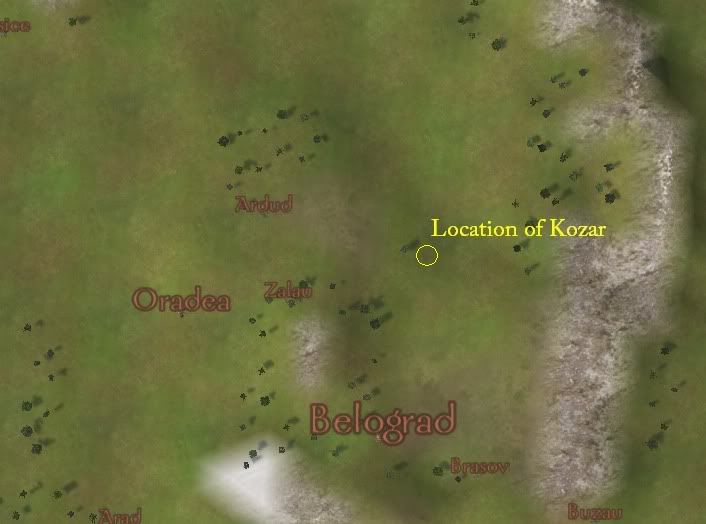Do not look here said:Cèsar de Quart said:Quote removed to avoid quotocalypsa
O...kay. So maybe make it only "Konny kusznik" as light cavalry and then make:
Man-at-arms -> Rycerz
-> Pancerny
Cause if you are already talking bout historical names, you've got to remember that szlachta is term made to describe the feudals since late XVI century, that later came into use while referring to medieval times.
I would like to leave Pancerni in the mod, cause they were not only heavy cavalry. To fully understand term Pancerny you have to go way back into history of my country and check up the FIRST professional army called "Drużyna" that was made of two types of soldiers (Yes, soldiers. Drużynnik haven't got any other things to do, he was professional armyman then):
Tarczownicy - foot soldiers that was garrisoned in every settlement. The most powerful infantry these times.
Pancerni - heavy and versatile cavalry, that could be used either as a powerful chargers and mounted skirmishers. These was our equivalent of whole feudal Europe heavy cavalrymen.
Drużyna were able to crush most of enemies, that's why these times Poland was quite strong and kicked all neighbouring asses.
But it didn't last long. Actually it lasted only till death (1025) of our first king, Bolesław Chrobry. Unfortunately, Drużynnicy saw the western Knights and demanded money and lands from next king. He gave them what they asked and that's how feudalism begun here. And that's it. Instead of fully professional, good equipped, brave etc. soldiers, we had standard "Maybe I'll fight or maybe I won't" feudals.
Isn't that wonderful? I love feudalism. That's what this game is about.














